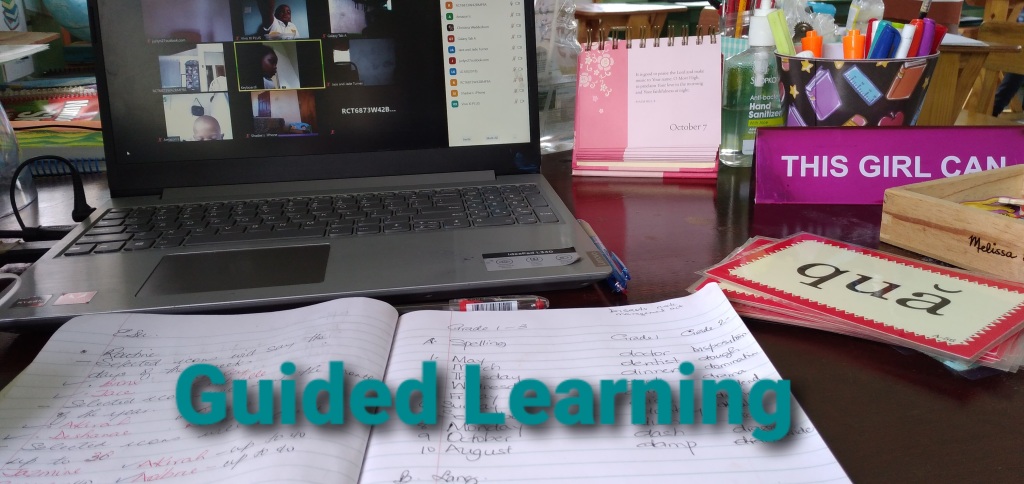Rev. Dr Natasha R. Francis-Campbell, April 22, 2024
Attachment relationships are crucial in children’s emotional
development, providing a foundation for their sense of security, trust, and
emotional well-being. Attachment theory, developed by John Bowlby and
expanded upon by Mary Ainsworth, emphasizes the importance of early
relationships with caregivers in shaping children’s emotional and social
development. Here’s how attachment relationships impact children’s
emotional development:
Formation of Secure Base: Attachment relationships serve as a secure
base from which children can explore the world and develop
independence. When caregivers are responsive, consistent, and
emotionally available, children feel safe and secure, allowing them to
confidently explore their environment and interact with others.
Emotional Regulation: Secure attachment relationships provide a
buffer against stress and promote the development of emotional
regulation skills. When children feel securely attached to their
caregivers, they are better able to regulate their emotions, manage
stress, and cope with challenging situations. Caregivers serve as
emotional regulators, providing comfort, reassurance, and support
during times of distress.
Formation of Internal Working Models: Attachment relationships
shape children’s internal working models of themselves, others, and
relationships. Securely attached children develop positive internal
working models, believing themselves to be worthy of love and capable
of forming close relationships with others. These internal working models
influence children’s expectations about how relationships should function
and guide their interactions with others throughout life.
Social and Emotional Competence: Secure attachment relationships
provide a foundation for the development of social and emotional
competence. Children who feel securely attached to their caregivers
tend to have better social skills, empathy, and emotional intelligence.
They are more likely to form positive relationships with peers,
communicate effectively, and resolve conflicts constructively.
Resilience and Coping Skills: Secure attachment relationships
contribute to children’s resilience and ability to cope with adversity.
When children have a secure base of support from caregivers, they are
better equipped to navigate life’s challenges, setbacks, and transitions.
They develop confidence in their ability to seek help and support when
needed, fostering resilience and adaptive coping strategies.
Impact on Mental Health: Secure attachment relationships are
associated with positive mental health outcomes in children. Research
has shown that children who experience secure attachment tend to have
lower rates of anxiety, depression, and behavioural problems. They are
also more likely to develop a positive sense of self-esteem and self-
worth.
Continuity into Adulthood: The quality of attachment relationships
established in childhood continues to influence emotional development
into adulthood. Securely attached individuals tend to have healthier
relationships, higher levels of emotional well-being, and greater overall
life satisfaction. Conversely, insecure attachment patterns may persist
into adulthood and contribute to difficulties in forming and maintaining
close relationships.
Attachment relationships play a critical role in children’s emotional
development, providing a secure base for exploration, promoting
emotional regulation, shaping internal working models, fostering social
and emotional competence, building resilience, and influencing mental
health outcomes. By understanding the importance of attachment
relationships, caregivers, educators, and policymakers can support
children’s emotional well-being and promote positive developmental
outcomes from infancy through adulthood.





